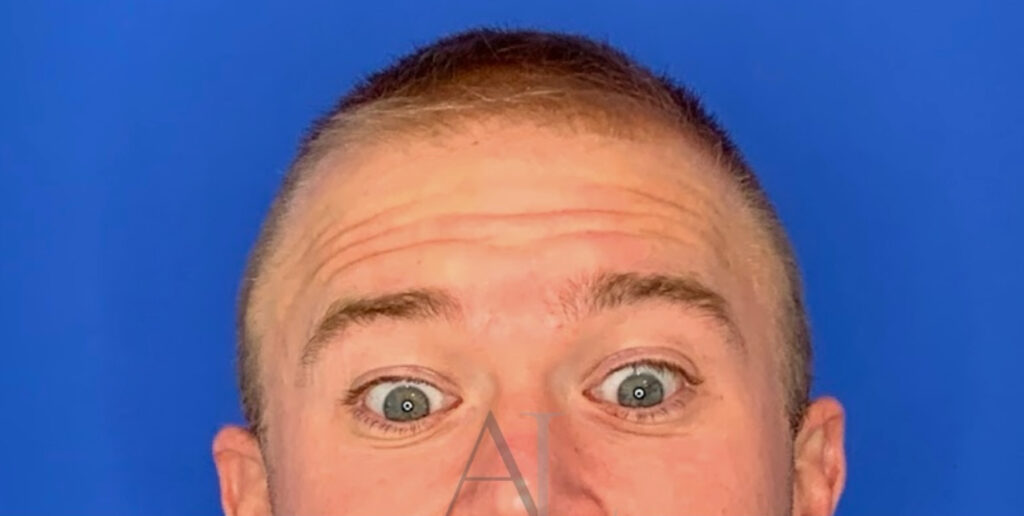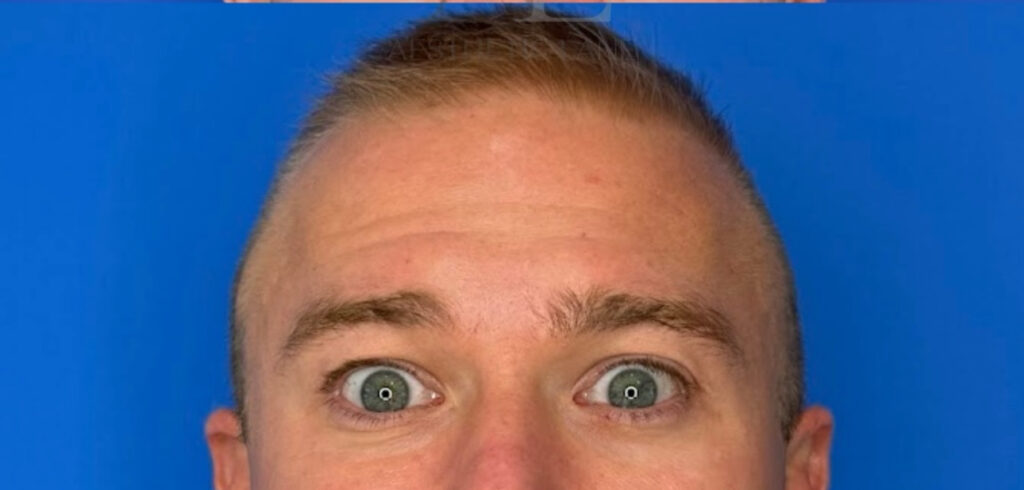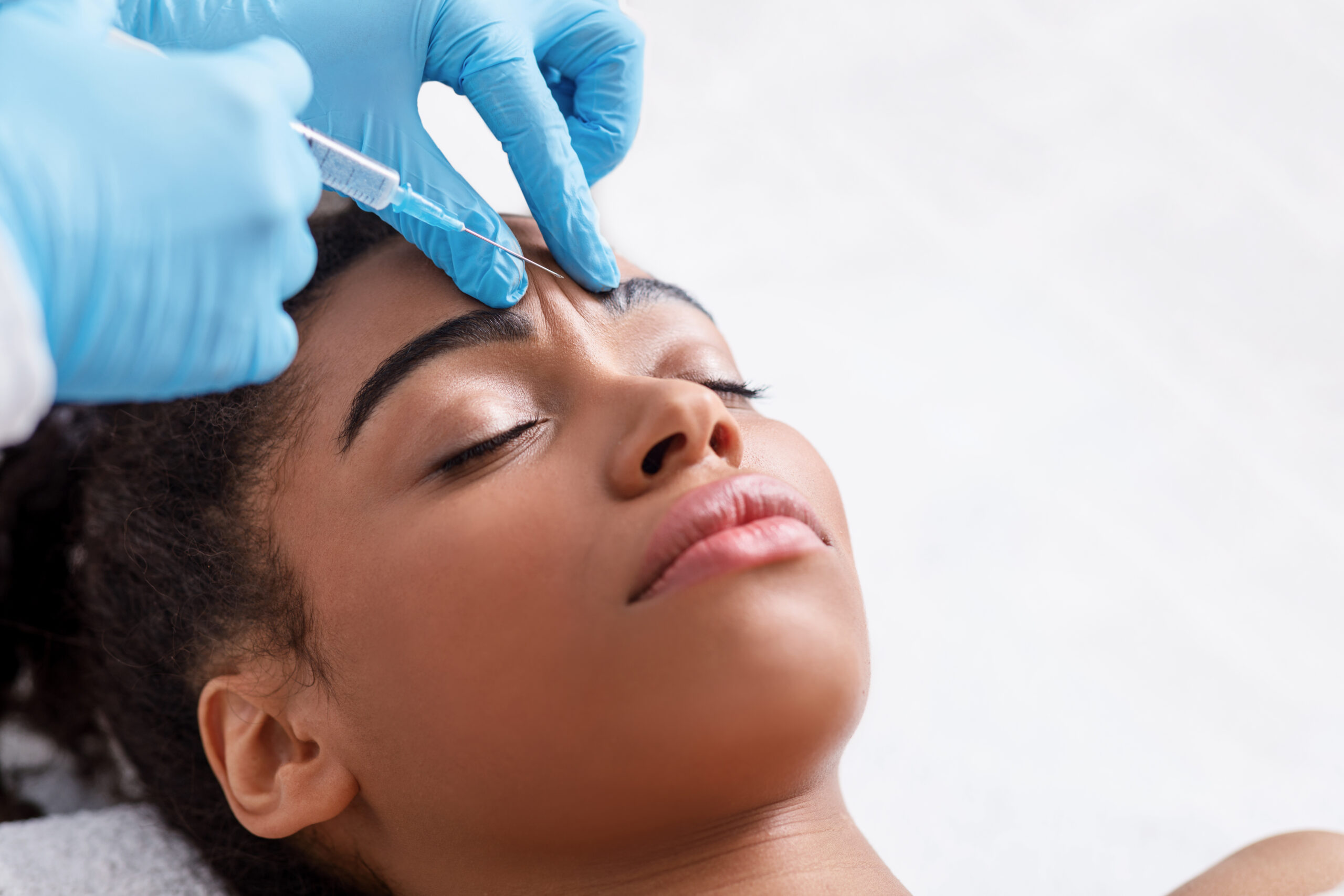Popular in cosmetic treatment for their ability to relax facial muscles and reduce wrinkles.

Neurotoxins are popular in cosmetic dermatology for their ability to relax facial muscles, reduce wrinkles and rejuvenate the appearance.
Neurotoxins offer a smoother and more balanced facial appearance by addressing dynamic wrinkles without the need for invasive procedures. They provide patients with a refreshed and youthful look, enhancing their confidence and self-esteem.
Neuromodulator treatments work by injecting small amounts of neurotoxin into targeted muscles. This temporarily relaxes the muscles and reduces dynamic wrinkles caused by repeated movement.
Unlike dermal fillers, neuromodulators don’t add volume. They don’t fill in wrinkles at rest. While some static lines may soften over time, others might need additional treatments for full improvement.
How is the dose determined?
Botox is an FDA-approved neuromodulator used to treat the forehead (frontalis), frown lines (glabella), and crow’s feet (orbicularis oculi). It also has many off-label uses. The FDA recommends a total dose of 64 units across these areas, but providers often adjust this based on your anatomy, muscle strength, and personal goals.
FDA-recommended Botox doses:
•Frown lines: 20 units
•Forehead: 20 units
•Crow’s feet: 24 units (12 units per side)
Your provider will assess your muscles during the consultation to recommend the right amount. Using too little may lead to short-lasting results, while proper dosing ensures effectiveness and value.
Most neuromodulators last about 3–4 months in FDA-approved areas. If movement returns sooner, it may mean your dose needs adjustment.
Common Treatment Areas and Average Units Used:
•Frown lines (glabella): 15–30 units
•Forehead: 10–30 units
•Chin: 4–10 units
•Neck (platysmal bands): 25–50 units
•Crow’s feet: 5–15 units per side
•Eyebrow lift: 2–5 units per side
•Bunny lines (nose): 5–10 units per side
•Corners of the mouth: 2–6 units per side
•Jaw (masseter): 15–50 units per side
There are also many other treatment areas. You can refer to the Tox Treatment guide for more options.
First-Time Users
If you’re new to Botox, schedule a follow-up visit two weeks after treatment. Your provider will check your results and adjust if needed. To maintain smooth, consistent results, stick to a regular treatment schedule every 3–4 months.
Following treatment, patients should avoid rubbing or massaging the treated areas for 24 hours. Strenuous exercise and excessive heat exposure should also be avoided on the day of treatment.


